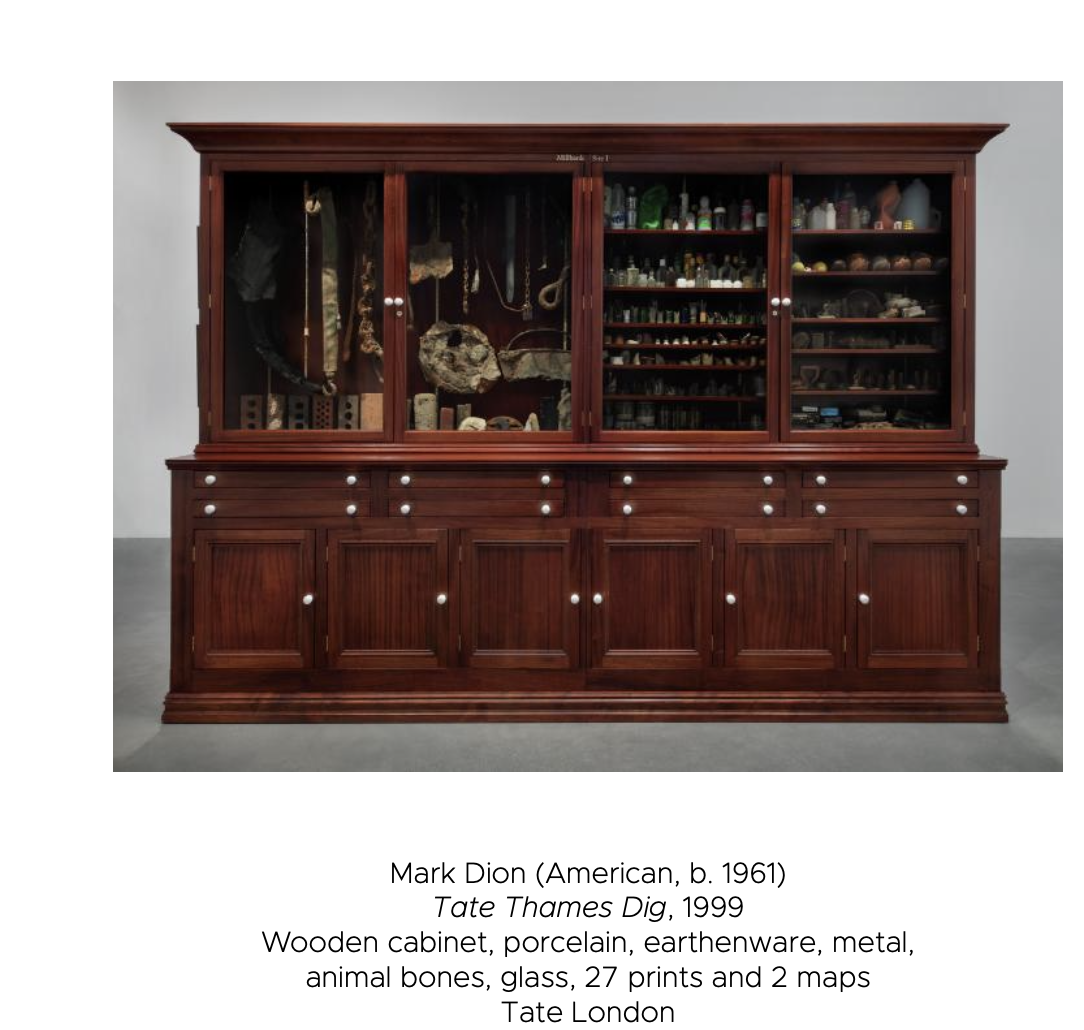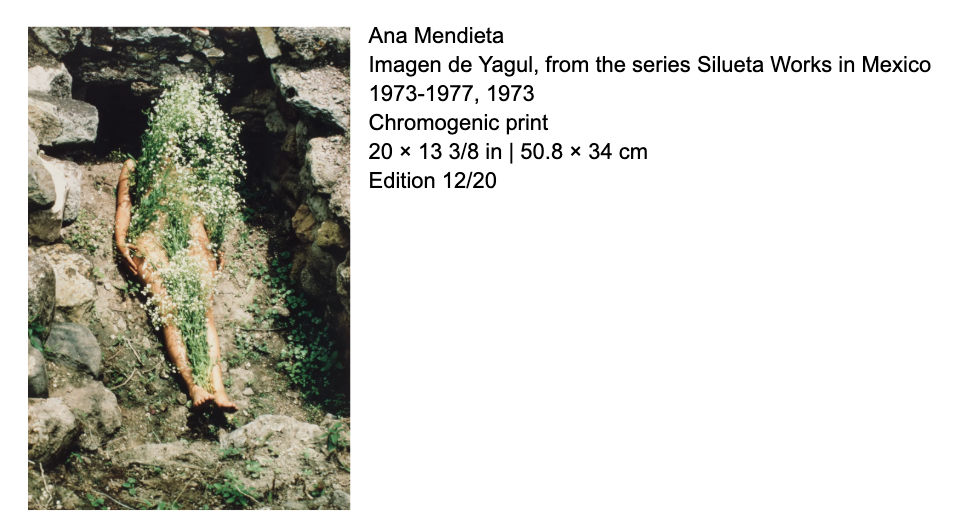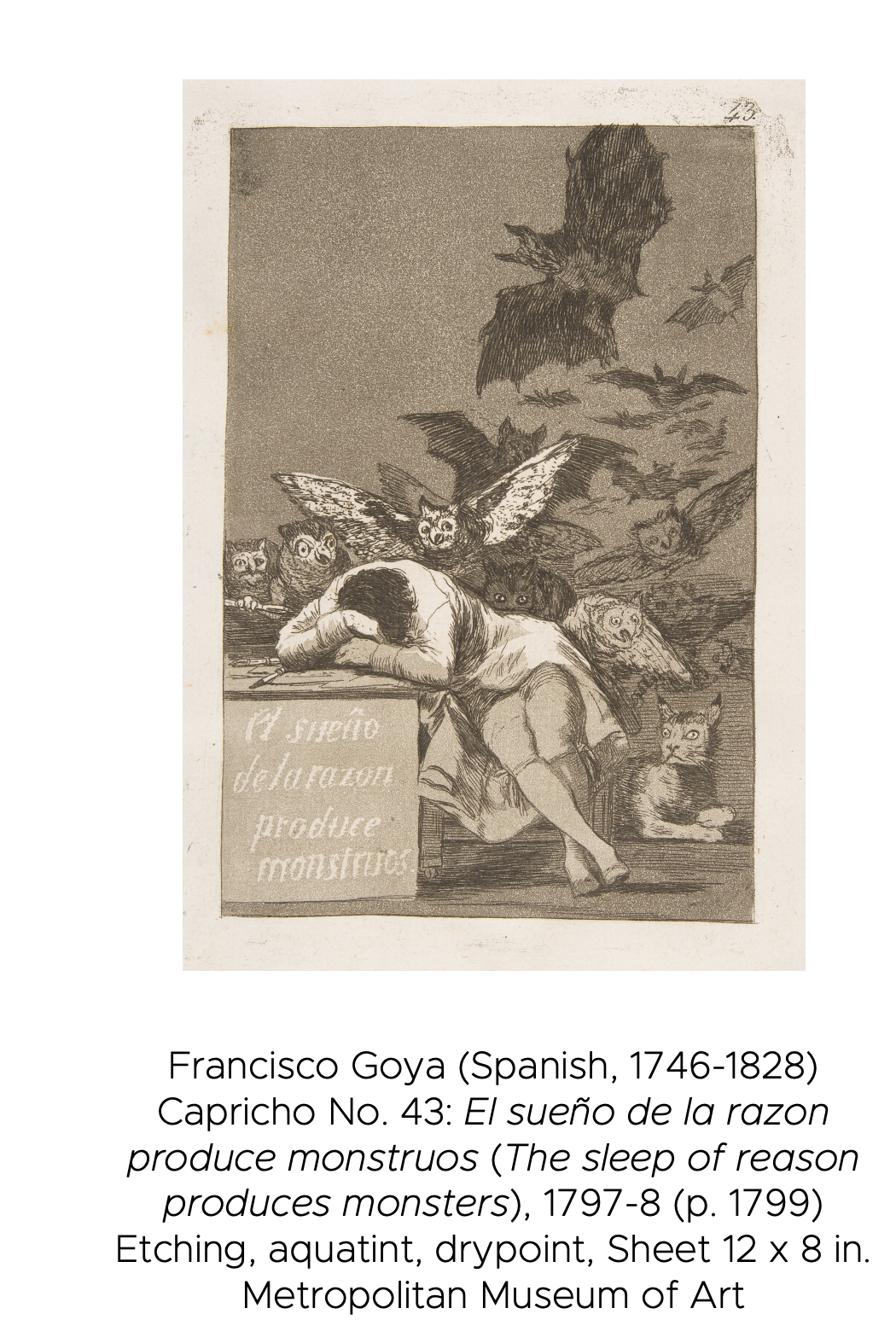History of Modern & Contemporary Art: Parsons NYC
Each week, students are prompted to prepare a thoughtful and engaged response to one of the objects featured in the previous week’s lecture. The response may take any form (e.g. a few written paragraphs, a recording, a drawing, painting, sculpture, etc.) as long as it ably conveys thinking about the chosen object.
Week 6: PEOPLE
For this week's topic, People, I was enamored with Formula of the Proletariat of Petrograd by Pavel Filonov. The piece’s utilization of complexity and bold yet structurally developed color resonated with my worldview on the dynamics of human life–contradictory, often unrecognized forces that shape realities. Each figure in the painting plays a part in a larger, somewhat invisible structure, whether societal, historical, or political in change. The painting reflects how, within chaos, there is structure–a structure that governs collective existence similar to the interconnectedness and structures I’ve previously studied through allegory. I observed how the shapes and figures overlap within the painting, potentially hinting at themes regarding how people, ideas, and various forces are intertwined yet fragmented. This speaks to the overarching narrative that each individual contributes to a much larger whole that many don’t always see. This concept of interconnectedness resonates with me, specifically within the tension between chaos and structure. Reflecting on our current day and age, it is exceptionally apparent that we live in a structured, chaotic society, where every aspect of our day-to-day lives are enforced, designed systems shaping our life experience. Filonov is attempting to show us that while we may see fragments of the world around us, everything is part of a grander, unseen system defining our reality. This work has allowed me to reflect on what kind of system I want to contribute to, and it also led to my contemplation on how much of my life is controlled/within the hands of power structures. How can we use art as a tool to share our takes on the systems and use art as a catalyst for change?

Week 5: THINGS
As per our conversation in our last class, this piece instantly reminds me of the Wunderkammer which was one of the first and personal favorite concepts I've learned in my art history career at Parsons. There's something deeply personal about the act of collecting and curating a world through objects that hold significance, whether the objects hold educational, sentimental, or intellectual autonomy. I've always enjoyed considering the dynamics between objects and independence, possession and ownership, and the fact that objects don't just exist but actively write narratives about the collector or institution that assembled them. Mark Dion blurs the lines between modern and historical artifacts, creating a strange tension by displaying objects found in contemporary urban areas often overlooked, disregarded as trash, and fragments of recent history--alongside items that feel more 'museum-worthy'. It forced me to think about what we consider artifacts and what we perceive as meaningless. What's valuable enough to preserve? Through this, Dion challenges the authority of museums, science, and intellect, exposing how and what shapes our perception of history and knowledge. Their work made me contemplate my collections of mementos, souvenirs, found objects and things I keep because they carry a particular memory, hold a certain feeling, or remind me of a person--this led to my conclusion that objects are a product of inherited meaning, whether it is historically engrained or a personal assignment. Overall, this piece was a reminder that objects we overlook today could be the artifacts of the future and made me think about my personal collections and how in the future, they will hold artifact value.

Week 4: LAND
Mendieta’s “Yagui” rests in an area of longing for me. It represents themes of rebirth, interconnectedness, systems of nature, and concepts rooted deeply in Buddhism, a religion practiced by my Grandparents, who run a temple in Virginia. Throughout my lifetime, my grandparents’ teachings on Buddhist ideals, such as rebirth and returning to a natural source, have shaped my perceptions and understandings of the world and the afterlife. Visually, the flowers growing from Mendieta’s body elude to themes such as renewal and the cyclical nature of life and death, connecting deeply with my personal beliefs. I’ve always considered myself a city person who enjoyed accessibility in urban scapes, fast-paced people, and density. However, I’ve found that living in New York City has led to a personal disconnection from nature and sense of belonging to the earth. I’ve felt an increasing longing for the energy and unity with nature that Mendieta’s work represents– I aim for a reconnection in my future, especially in terms of my relationships with land, nature, and the world around me. This piece serves as a reminder of the balance and relationships I seek–belonging in a community of something grander than myself, something as enduring as nature’s system, and understanding my place in the powerful cycle of life.

Week 3: DISASTER
Observing the etching initially, I was struck by its theatricality; there's an element of mockery within the imagery, almost as though Goya is both critiquing and dramatizing the absurdity of human connection. The figure sleeping, unaware of the surrounding monsters and chaos, feels ironic to me. The disconnect between the peacefulness of the sleep and the monsters lurking just beyond consciousness is tantalizing. It evokes feelings of mysticism, reminding me of the spiritual and transcendent themes I studied in the Salon de la Rose-Croix (where occult symbolism underscored the tension between high consciousness and darker manifestations). Within Goya's etchings, there are almost always feelings of surreal calmness in the face of disaster, which may suggest the quiet resignation that comes with ignorance or unconsciousness. However, to me the figure also looks at peace sleeping, and I also interpret the piece as "ignorance is bliss". The figure seems to represent the fragility of human awareness...almost makes me want to scream WAKE UP! (to save him from impending doom). The idea that "sleep of reason produces monsters" introduces a critique of rationality, hinting at the danger of detaching from reason and the unconscious forces that take over in the absence of reason...monsters of our own making, maybe. It makes me think about how we, as humans, confront our internal monsters in the absence of critical thinking. Does it come in form of nightmares? Deja-Vu? Ultimately, I think Goya's piece demonstrates the interplay of reason, spirituality, and the unconscious, and the three's power to create an eerie yet strange, peaceful place where the human mind can be both sanctuary and battle.

Week 2: CHANGE
The Garden of Love, 2016, by American Artist Jessee Mockrin, showcases themes of transformation, vulnerability, and the dynamic between stasis and change. To me, it speaks on modernity’s paradox–modern environments often blend adventure growth and destruction, as described by Marshall Berman. The painting features an interaction between the subject and nature. The feminine figure featured on the right side of the painting wears a flowy pink garment, with a missing shoe, framed by foliage. This potentially suggets states of vulnerability and fragility. The disembodied hand in the bottom left corner reaches out to the female subject, potentially hinting at themes of longing, connection, or a grasp for control in an unstable society. The two subjects speak about the precariousness of the human experience–the difficulty of holding onto things in inevitable change. The dense foliage in the background emphasizes chaos and transformation in modern life. Further, the color palette of the painting uses muted tones, which speaks to the duality of stasis and change. This painting relates to the “clouds of contingency.” Though there are no literal “clouds” in the painting (though one can argue the fabric of the female figure references clouds), the painting reflects the shifting and formless nature of contemporary life. Mockrin’s painting invites reflection on the nature of modernity; change is constant, yet we still seek meaning and connection amid it.

Jesse Mockrin (American, b. 1981), Garden of Love, 2016,
Oil on canvas, 43 in. x 62 in., Private Collection